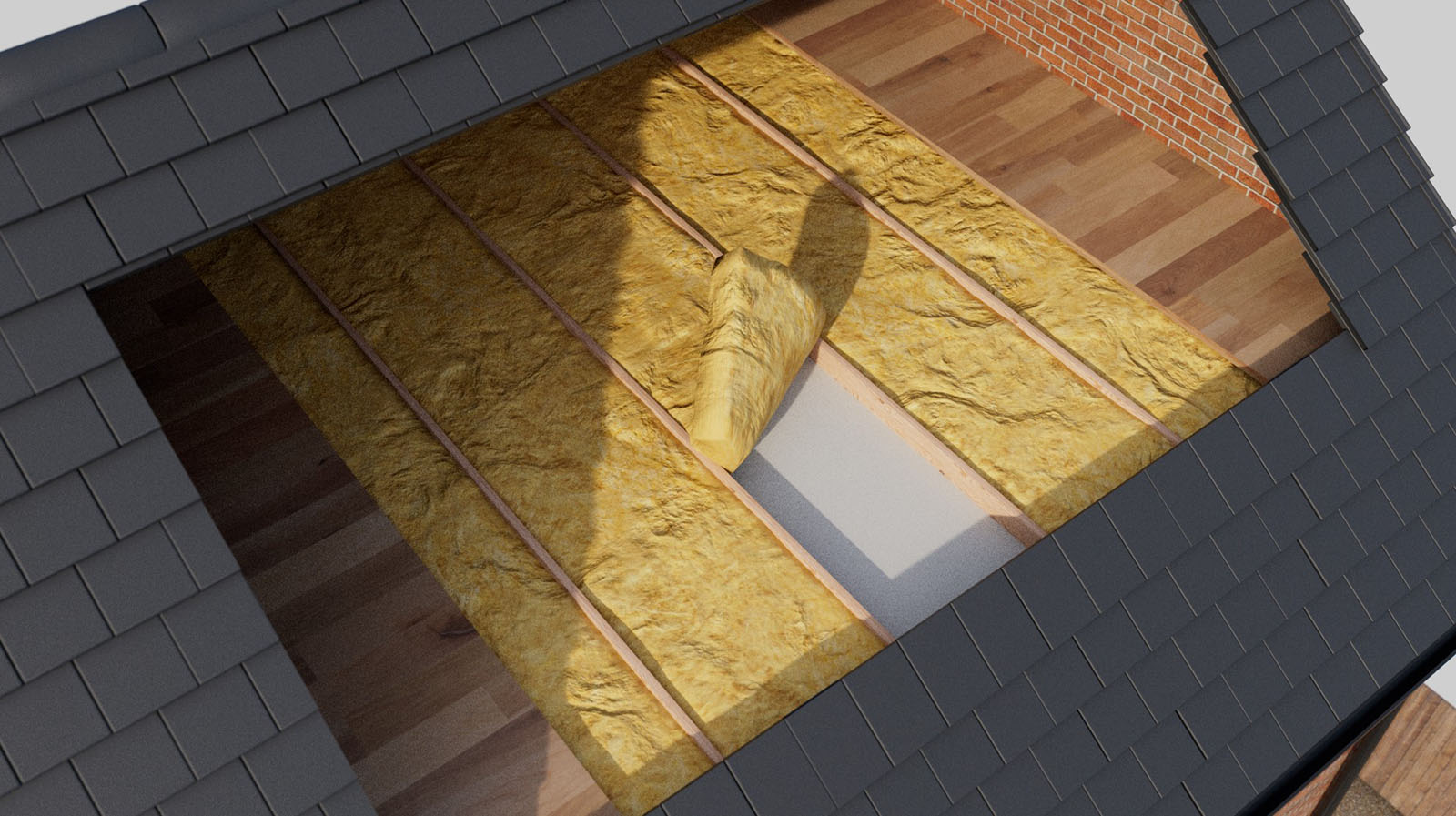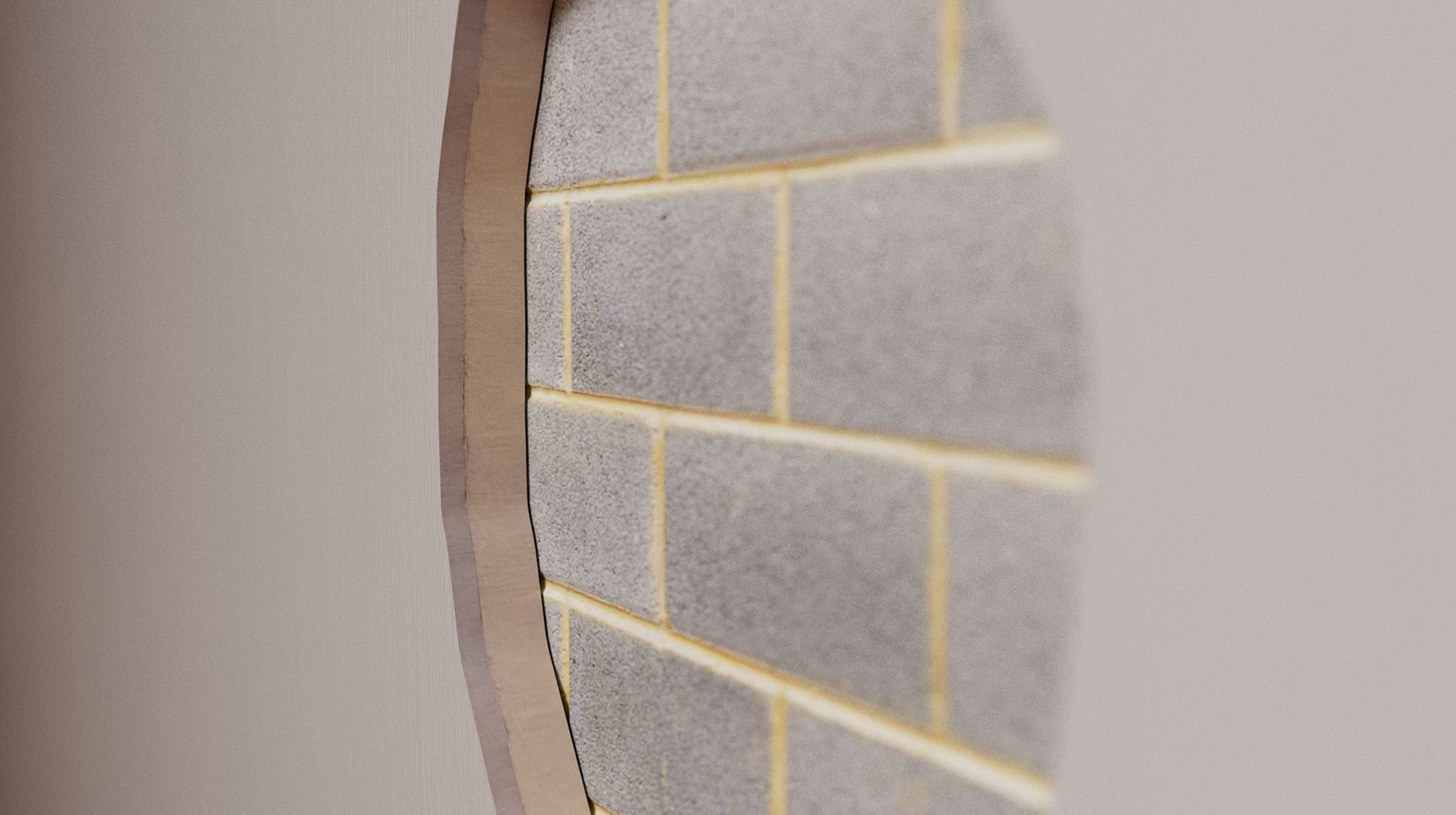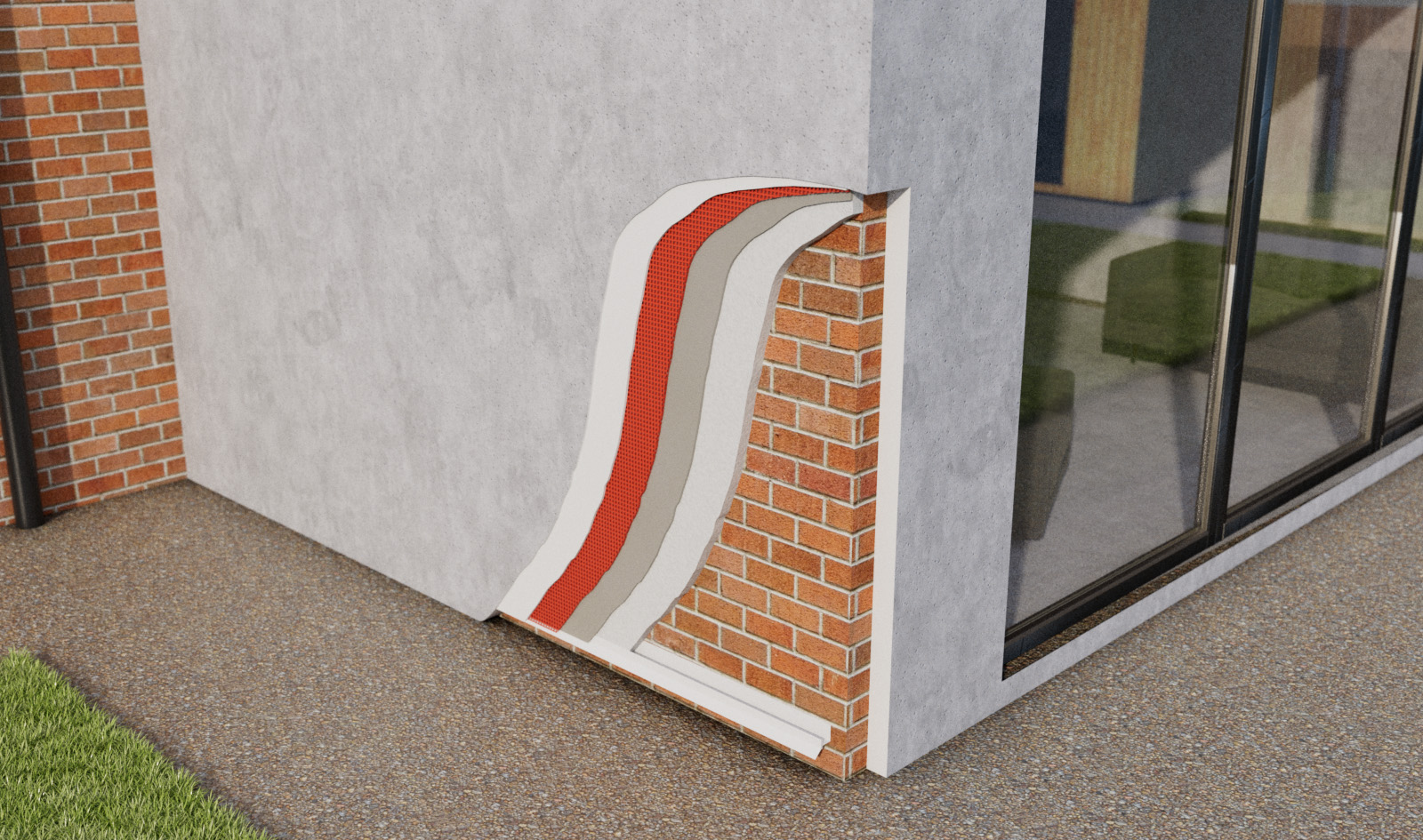
6 tips to keep your home warm this winter
Published on December 13, 2022
Posted in How To
by MKM
3 min read
In this blog, we have listed our 6 top tips to ensuring your home stays warm during the cold months while also by reducing your energy consumption. Due to the rising cost of living, it has never been more important to retain heat indoors. Investing in our homes is crucial for a longer term fix to staying warm all year round. Here are some options to think about.
Loft insulation
You can reduce the amount of heat that escapes from your home by installing insulation. The best option for you will depend on many factors, but here are few options to help get you started.
In an uninsulated home, a quarter of heat escapes through the roof. By adding insulation to your loft space or attic you can reduce the amount of heat loss and your heating bills. It’s also well worth topping up any existing loft insulation if you have less than the recommended 270mm (10½”).
It's relatively inexpensive and easy to install and you should start feeling the impact right away. Loft insulation should last around 40 years so it will pay you back many times over in savings.

Improved windows
For most houses, windows account for around 10% of total heat lost. Most is lost through the glass, followed by air leaking out through badly fitting seals. Finally, some is lost through cavities and frames.
For draughty windows you could try draught proofing strips to prevent heat escaping. If you have single glazing consider replacing them with double or triple-glazed windows.

Cavity Wall insulation
A building loses about 35% of heat through its walls. Houses built after the 1920’s have cavity walls, and building regulations changes in the 1980s mean houses built after this will have cavity wall insulation. That leaves homes built in the 50 years with potentially no cavity wall insulation, and at risk of heat loss. For a new building or extension insulation batts can be used. These are slabs of insulation installed during construction. An existing building can have ‘blowing wool’ (insulation blown into the cavity), polystyrene beads or polystyrene foam.
Cavity wall insulation could cause problems if not installed right, so we’d advise asking a professional for help.
Internal wall Insulation
For older homes with solid walls there is no cavity to fit insulation and heat can be lost through the wall. Using insulated plasterboard which has insulation, drylining and vapour control all in one board can reduce heat loss, although bear in mind it increases wall thickness so may not be ideal for small spaces.

External wall insulation
An external wall insulation (EWI) system is a thermally insulated, protective, decorative exterior cladding procedure. Where internal or cavity insulation is not possible, EWI can reduce heat loss by cladding the external wall. Systems use expanded polystyrene, mineral wool, polyurethane foam or phenolic foam to insulate, and are finished with a render or brick slips for an attractive and durable finish.

Under floor insulation
Around 10% of heat lost is through the floor. Older homes will usually have suspended timber floors, or floor boards held on joists above the ground. The space below the floor needs to be well ventilated to prevent damp. But this can lead to draughts through the floorboards or where the skirting boards meet the floor. You can use a draught proof strip in any gaps to stop any cold air, but have you considered under floor insulation?
If you are able to lift the floor boards you could add insulation between the joists. Glass wool roll suspended on netting or Rigid PIR boards are popular options. You must keep the air circulating under the floor or there is a risk of damp.
Visit MKM.com or your Local branch for more infomation